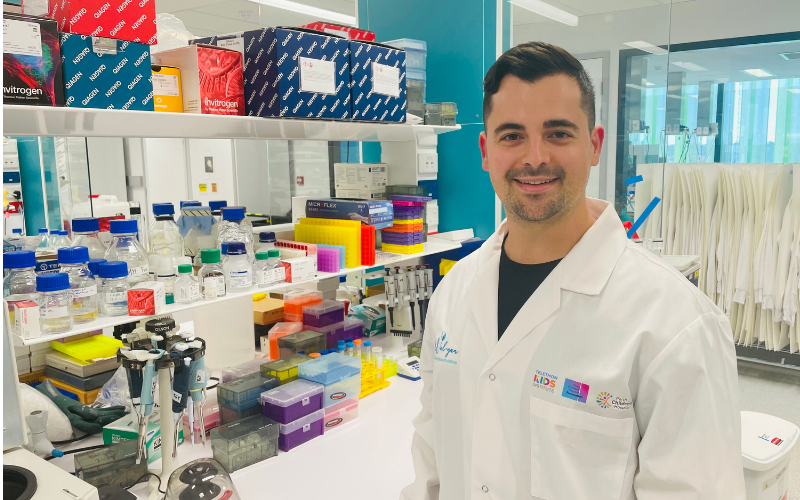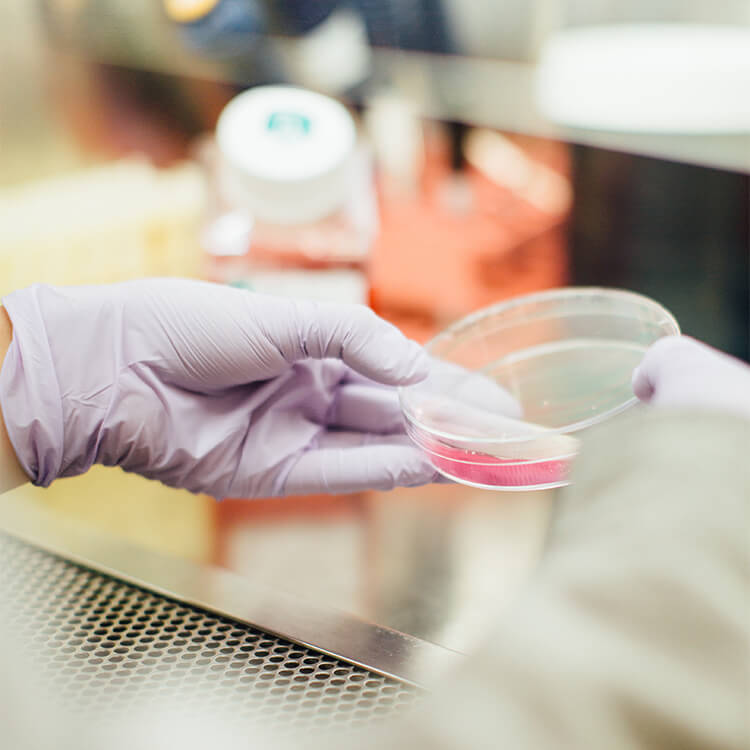Search
Showing results for "early lung health"
Research
Parents' perspectives towards paediatric confectionary masked medications: a qualitative studyThe availability of age-appropriate, taste-masked oral solid medications for the paediatric population is currently inadequate. We have developed a novel chocolate-based drug delivery platform to taste-mask bitter drugs commonly utilised in the hospital setting, but there is limited evidence regarding parent's perspectives on these medications.
Research
Association of preoperative nocturnal hypoxaemia nadir and fentanyl ventilatory sensitivity in children with obstructive sleep apnoea undergoing general anaesthesiaObstructive sleep apnoea (OSA) has been thought to increase the risk of respiratory depression from opioids. The primary aim of this study was to assess whether preoperative hypoxaemia by sleep study pulse oximetry imparts greater opioid sensitivity.
Research
Current post-tonsillectomy analgesia practices among Australian and New Zealand anesthetists, and opinions on non-opioid alternativesChildren experience significant pain following extracapsular tonsillectomy surgery, and while opioids are often prescribed to treat this, clinicians may be wary of their adverse side effects, leading to variation in practice. There is a need for improved post-tonsillectomy pain management in children.
Research
Trends in paediatric anaesthesia research publications and the impact of author sex, country of origin, topic, and external fundingThe current research landscape has become increasingly competitive with approximately 35% of submitted manuscripts accepted for publication by peer-review journals. It is known that studies with certain 'favourable characteristics' have an increased likelihood of acceptance for publication, such as prospective study design, multiple sites, and notable authors.
Research
Chewing gum to treat postoperative nausea and vomiting in female patients: a multicenter randomized trialPostoperative nausea and vomiting is common after general anesthesia, with consequences for patient outcomes, satisfaction with care, and healthcare costs. The aim was to compare a new treatment, chewing gum, with a widely used intravenous agent, ondansetron, to treat postoperative nausea and vomiting in female patients in the postanesthesia care unit.
Research
Pediatric Airway Management in Times of COVID-19-a Review of the Evidence and ControversiesThis review summarizes and provides a comprehensive narrative synthesis of the current evidence on pediatric airway management during the COVID-19 pandemic.
Community links and support services
Research
Hospitalisation for bronchiolitis in infants is more common after elective caesarean deliveryThe authors previously reported an increased risk of hospitalisation for acute lower respiratory infection up to age 2 years in children delivered by...

News & Events
Vertex grant to support research into treatment strategies for cystic fibrosis lung diseaseDr Daniel Laucirica, a research officer with the Wal-yan Respiratory Research Centre, will undertake new research into potential treatment strategies to prevent lung damage in people with cystic fibrosis (CF), under the mentorship of Associate Professor Anthony Kicic - made possible by a Vertex Cyst

News & Events
NHMRC Fellowships awarded to support child health researchSeven leading The Kids Research Institute Australia researchers have been awarded Fellowships from the National Health and Medical Research Council (NHMRC).
